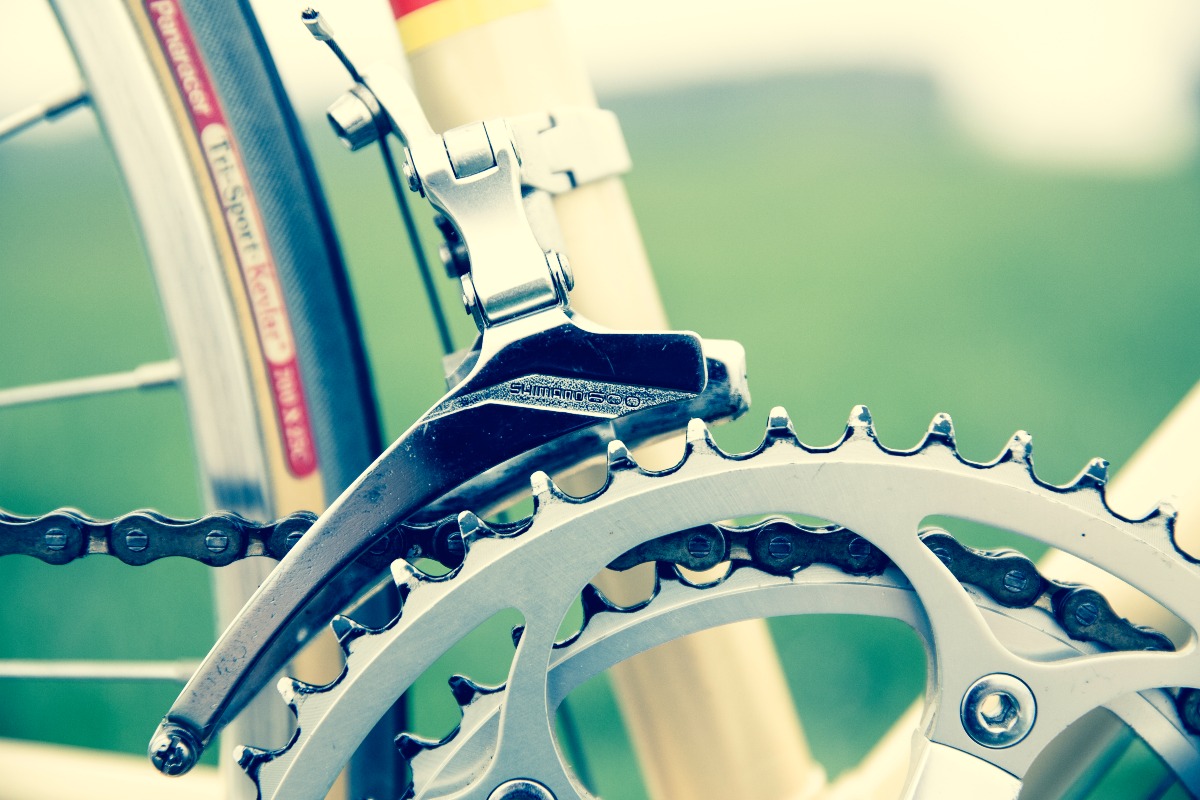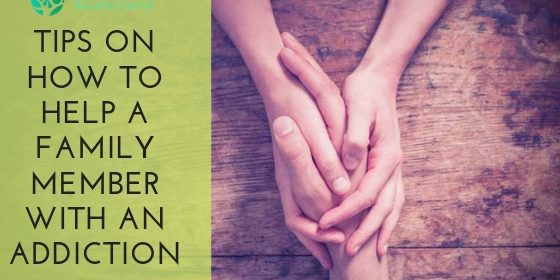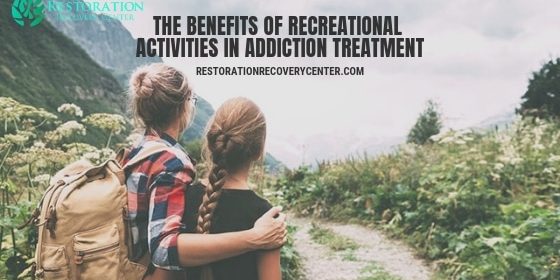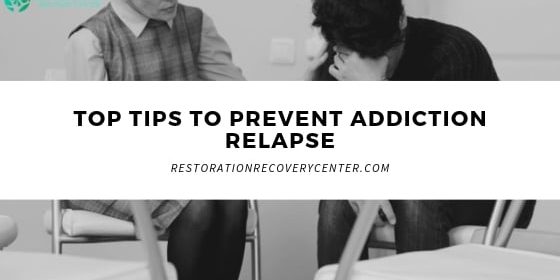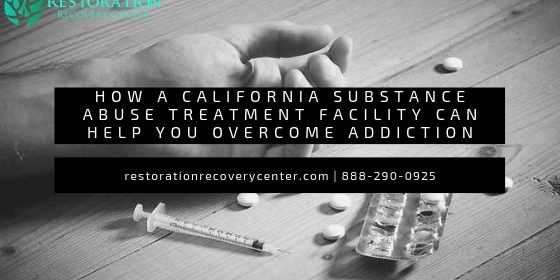The Cycle of Replacing One Obsession With Another
Your recovery may begin with sobriety, but it is sustained by making and committing to lifestyle changes. However, positive change doesn’t mean becoming the opposite of who you are. It means embracing yourself and building on your existing skills. Sudden, extensive lifestyle changes can cause a cycle of replacing one bad habit with another. For example, instead of obsessing over using substances, you might find yourself obsessing over dieting, career advancement, or mending a specific relationship. An obsession can create bad habits like toxic thought patterns or behaviors. To end the cycle of replacing one unhealthy obsession with another, you must welcome balance and mindfulness into your life.
The Cycle of Replacing Bad Habits
Sometimes when we feel stuck in a cycle of destructive behaviors, cognitions, and emotions, we believe the only way to break it is by pursuing the extreme opposite of whatever we are doing, thinking, or feeling. However, this can be equally as harmful. Healthy habits and positive attitudes often stem from discovering what emotional management tools work for you. Unfortunately, rushing to change your behaviors can sometimes swing the pendulum the other way. It can cause you to jump from one unhealthy behavior to another. However, when you take the time to build upon existing skills, it can produce sustainable change.
Replacing Thought Patterns
Therapeutic modalities like cognitive-behavioral therapy (CBT) focus on changing negative thought patterns into positive ones. However, this does not mean avoiding negative thoughts altogether. Avoiding negative thought patterns can be just as dangerous as giving in to them. It can cause negative tension to build up inside you. This will eventually burst into an overwhelming and sometimes paralyzing feeling. When you ignore problems one at a time, you will later have to deal with them all at once.
Replacing Behaviors
Doing the opposite of certain damaging behaviors can also be toxic when taken to the extreme. Some examples of this might include:
- Binge eating vs. food restriction
- Blindly trusting vs. building emotional walls
- Being overly combative vs. failing to set boundaries
- Being sedentary vs. over-exercising
Every destructive bad behavior has its evil opposite. Behavioral changes must happen gradually and with the “self” in mind. You don’t want to aim to become the opposite of your destructive behaviors. Instead, you need to find a balance that feels productive, positive, and true to you. Making gradual behavioral changes will make monitoring easier when your behavioral changes have gone too far in the other direction. The best way to do this is through balance and mindfulness.
Breaking the Cycle of Replacing One Bad Habit With Another
The key to breaking the cycle of replacing one bad habit with another is practicing mindfulness and balance. These practices and philosophies will prevent you from swinging from one extreme to the next. They will help you be thoughtful about the choices you make and the recovery goals you create.
Balance and Mindfulness
Finding balance in life means finding a healthy routine that works for you. This will look different for everyone. Most people will not find balance perfectly in the middle of two extreme behaviors. However, generally speaking, no one should lean entirely to one side of any spectrum of behavior or the other. Balance can be achieved through the practice of mindfulness.
Mindfulness is about being thoughtful. It’s about acting with intent and purpose by taking the time to understand the positive and negative consequences of your actions. Practicing mindfulness can also help you reprocess your thoughts and feelings to prevent impetuous decision-making. Mindfulness is primarily practiced through meditation and yoga. However, it is also a philosophy you can incorporate into your everyday life.
You can practice mindfulness by being present with your mind and body. For instance, you can use all your senses to feel your environment and understand how you feel in the moment. Often mindfulness is practiced by taking time out of your busy life to think about what you want and what you need to get there.
Permanently Breaking the Cycle of Bad Habits
Any habit can be broken. No habit is so permanently baked into your being that you cannot change it. However, creating sustainable, positive changes requires maintenance. You’ll have to be mindful of your needs, take breaks from your busy life when you need to, and readjust your recovery goals when they are no longer working for you.
Life is unpredictable, and your recovery goals are bound to change to deal with that unpredictability. You cannot avoid all slip-ups and mistakes. If you go into recovery with this expectation, you are bound to be pushed into a new cycle of unhealthy habits. However, you can prepare for these slip-ups by practicing the tools you need to manage distressing situations.
The only way to stop the cycle of replacing one obsession or bad behavior with another is through a regular re-evaluation of your recovery goals. Are you meeting your recovery goals? Are they serving you to live a happy and healthier life? Restoration Recovery Centers can provide you with the skills and tools you need to incorporate mindfulness practices into your everyday life so you can break the cycle of bad habits. We offer treatments such as CBT, yoga, and mindfulness-based stress reduction. If you or someone you know is struggling with substance use, call (888) 290-0925 to learn how Restoration Recovery Centers can help you restore your life’s purpose and heal from addiction.

